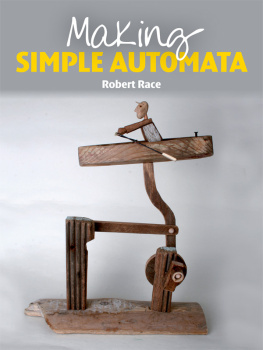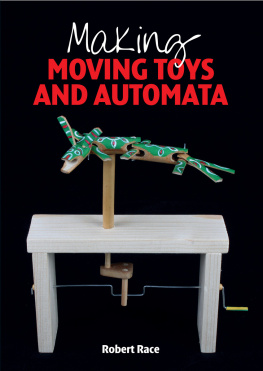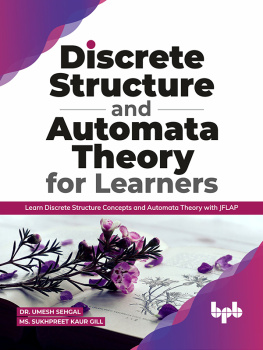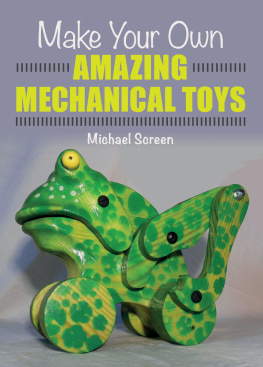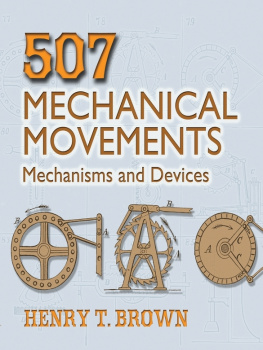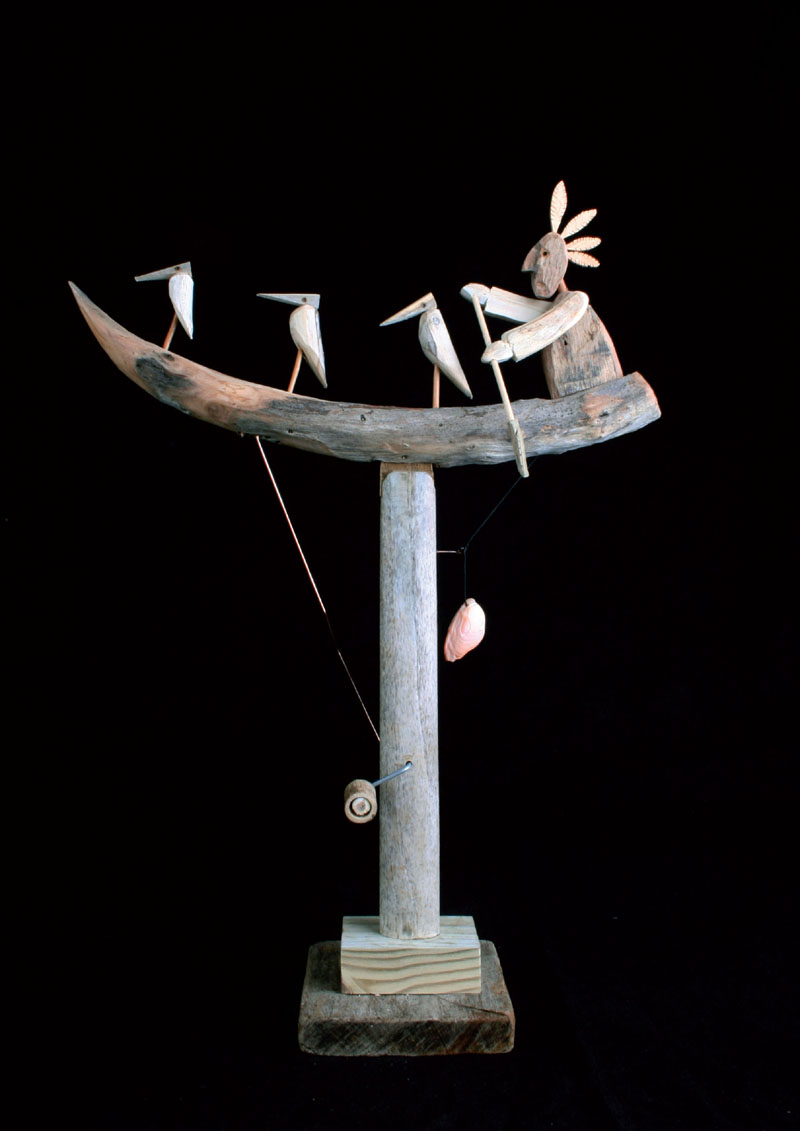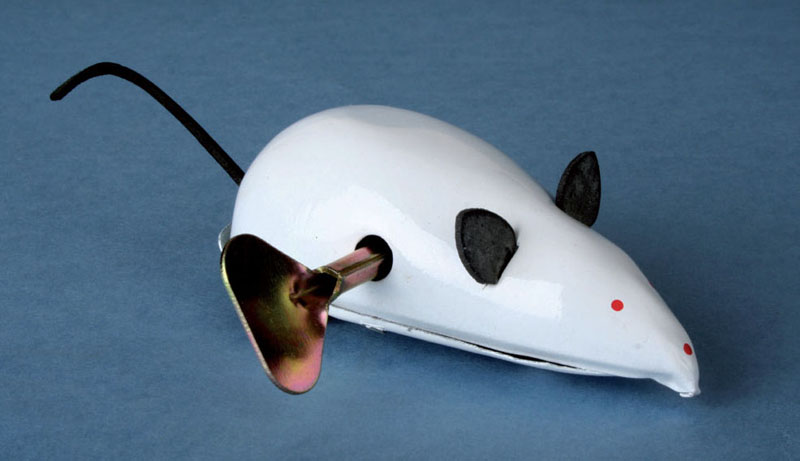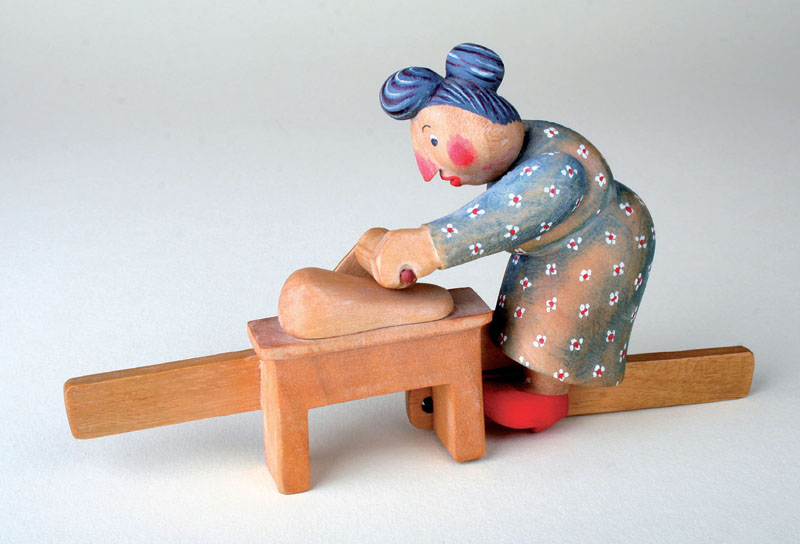Robert Race - Making Simple Automata
Here you can read online Robert Race - Making Simple Automata full text of the book (entire story) in english for free. Download pdf and epub, get meaning, cover and reviews about this ebook. year: 2014, publisher: Crowood Press, genre: Children. Description of the work, (preface) as well as reviews are available. Best literature library LitArk.com created for fans of good reading and offers a wide selection of genres:
Romance novel
Science fiction
Adventure
Detective
Science
History
Home and family
Prose
Art
Politics
Computer
Non-fiction
Religion
Business
Children
Humor
Choose a favorite category and find really read worthwhile books. Enjoy immersion in the world of imagination, feel the emotions of the characters or learn something new for yourself, make an fascinating discovery.
- Book:Making Simple Automata
- Author:
- Publisher:Crowood Press
- Genre:
- Year:2014
- Rating:4 / 5
- Favourites:Add to favourites
- Your mark:
Making Simple Automata: summary, description and annotation
We offer to read an annotation, description, summary or preface (depends on what the author of the book "Making Simple Automata" wrote himself). If you haven't found the necessary information about the book — write in the comments, we will try to find it.
Designing and making successful automata involves combining materials, mechanisms, and magic. Illustrated with color photos throughout, this wonderful book explains the six golden rules for making automata alongside detailed step-by-step projects. Many materials are discussed, including paper and card, wood, wire, tinplate, and plastics mechanisms discussed include levers and linkages, cranks and cams, wheels, gears, pulleys, springs, ratchets, and pawls. Finally, there is the magican unanalyzable charm, a strong fascination so that the whole is more than the sum of its parts.
Robert Race: author's other books
Who wrote Making Simple Automata? Find out the surname, the name of the author of the book and a list of all author's works by series.

